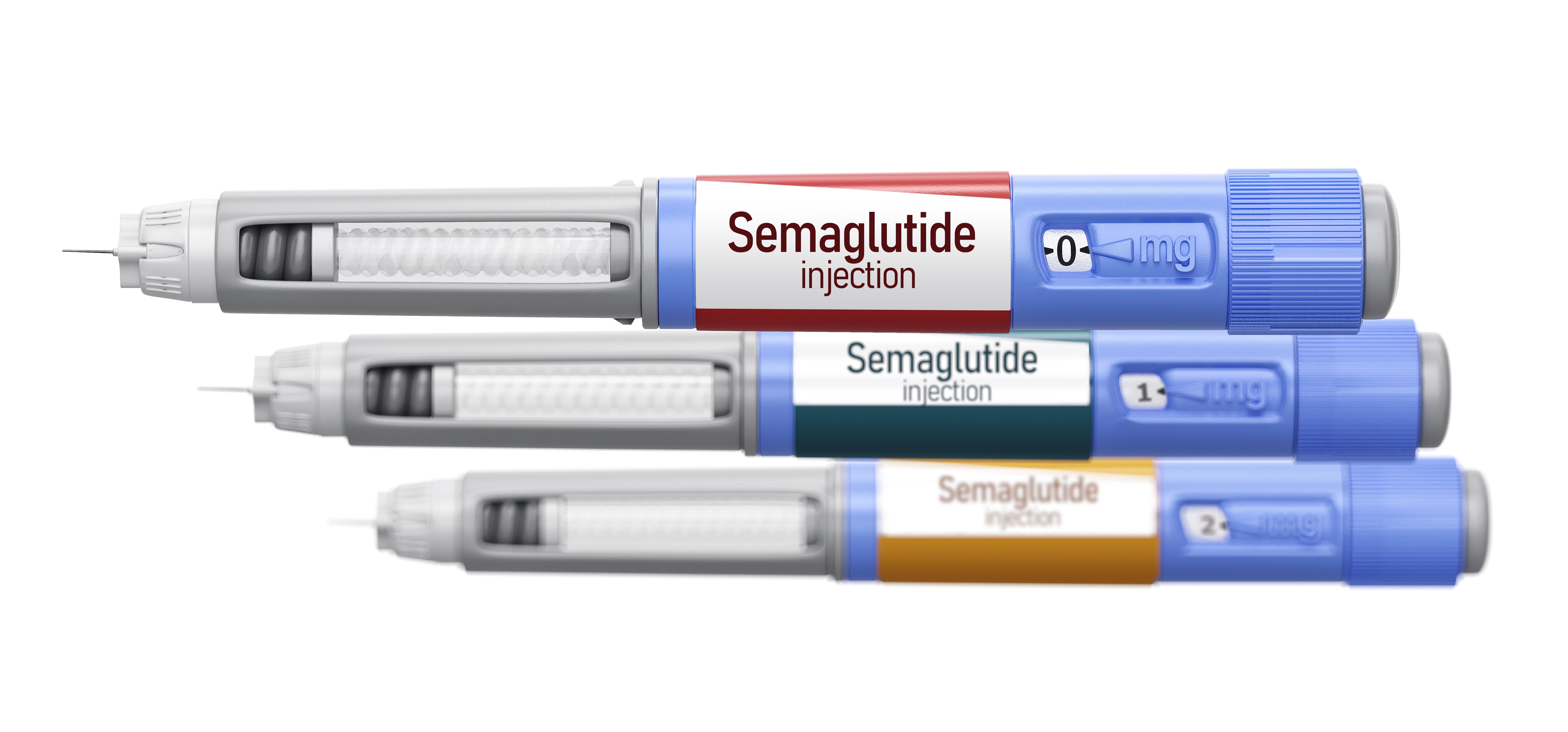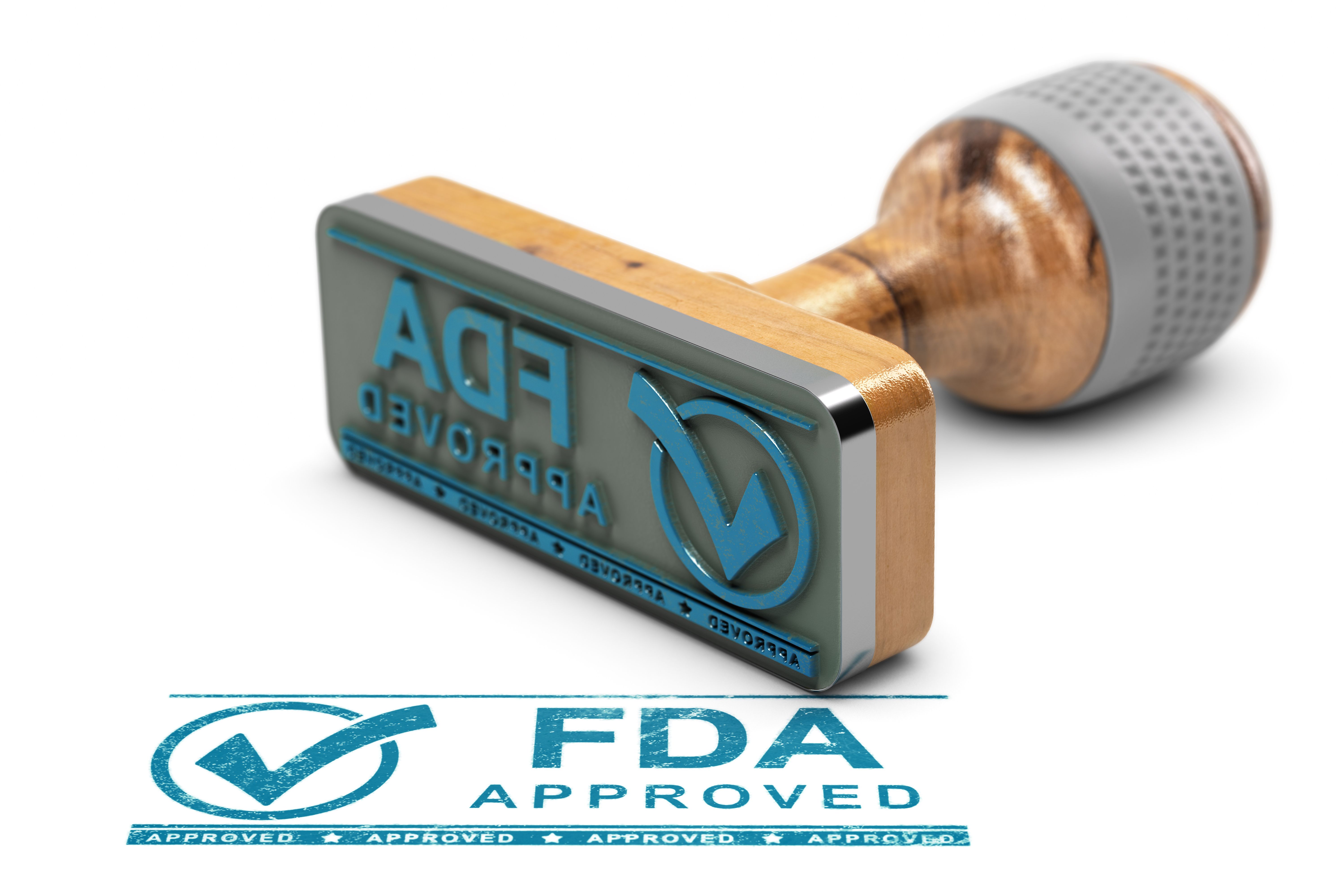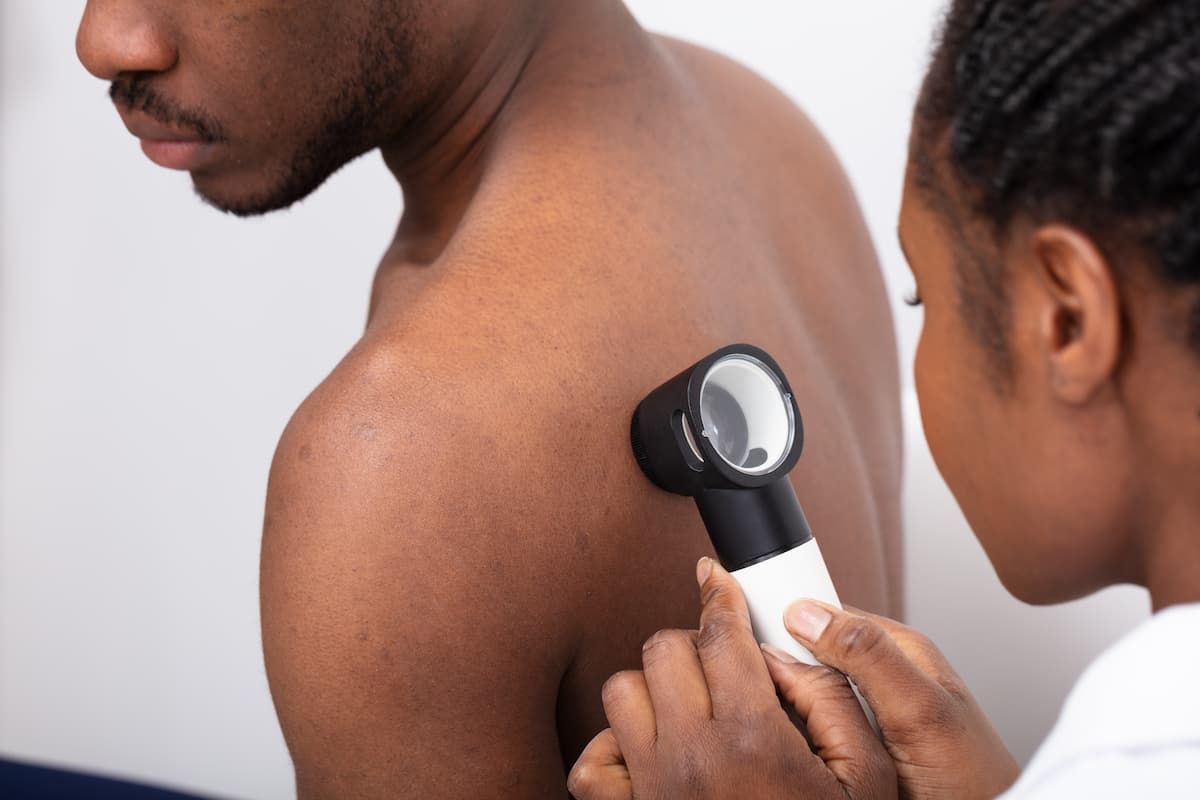Article
Study Reveals Age, Gender Differences in Acne Prevalence Among Patients With AD
Author(s):
Among patients with atopic dermatitis, the risk and severity of acne varied based on age and sex.
While the prevalence of acne is comparable among patients with and without atopic dermatitis (AD), differences across demographics are evident, according to new study findings, which follow previous research indicating a high incidence of acne among patients with moderate-to-severe AD receiving Janus kinase (JAK) 1 inhibitors.
These recent Danish findings, said the researchers, could be leveraged for acne risk assessment in patients receiving JAK 1 inhibitor treatment.
Nationwide data was drawn from prescriptions of over 6000 adults and adolescents with AD and over 60,000 matched controls, revealing a 12-month acne prevalence of 3.9% among patients with AD and prevalence of 3.7% among the general population.
Despite patients with AD having a comparable risk of acne compared with the general population (hazard ratio [HR] 0.96; 95% CI, 0.88-1.06), they were less likely to be treated for severe acne (HR 0.59; 95% CI, 0.47-0.73). This was particularly evident for adolescents and young adults.
Hazard ratios showed that the risk of having acne increased with age for patients with AD, with an HR of 1.41 among patients aged between 30-39 years. This increased to an HR of 2.07 among patients aged 40 years and older. Similar findings were seen based on gender, although the trend was more prominent among women.
“We have previously shown that adults with AD in the Danish population, much more often are treated with systemic immunosuppressants than adolescents. It is therefore possible that AD was more severe in older patients in our study compared to younger patients,” wrote the researchers.
“This could lead to increased use of comedogenic emollients and ointments in facial areas, as well as use of more potent topical corticosteroids in facial skin that may lead to acne,” they added.
However, citing limitations of their research, the group explained that these considerations were not accounted for in their study design due to a lack of information on emollient and topical steroid use, as well as the potency and amount if used.
They also noted that prescription information on topical and systemic medications to determine acne prevalence could have be used to treat other skin conditions, such as rosacea.
“Importantly, all patients with AD in our study had been treated by dermatologists in a hospital-setting, which should further reduce the risk of misclassification as acne likely would have been treated by dermatologists,” described the researchers.
“We cannot exclude that ultraviolet B seeking behavior, e.g. suntanning, was different between cases and reference individuals as AD patients can be light sensitive with age, and hence avoid solar irradiation that can improve acne. This could explain why acne was more common in older adults with AD,” they concluded.
Notably, severity of AD and the risk of acne was not explored in the study.
Reference:
Thyssen JP, Nymand LK, Maul J, et al. Incidence, prevalence and risk of acne in adolescent and adult patients with atopic dermatitis – a matched cohort study. J Eur Acad Dermatol Venereol. Published online February 26, 2022. doi: 10.1111/jdv.18027





